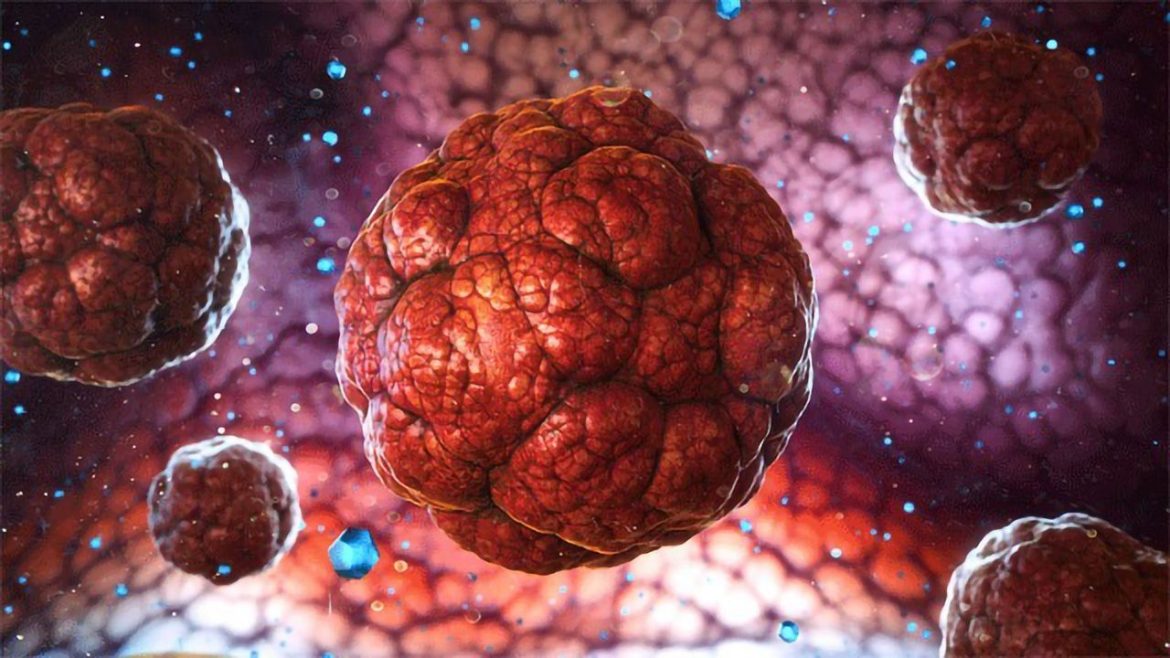According to studies, people who have a personal history of breast cancer are more likely to acquire second breast cancer due to breast tissue features that are detectable on MRI. The study’s results were published in the Radiological Society of North America journal Radiology (RSNA). Breast cancer is the most common form of the disease and the main reason why women die from cancer globally. While more women are surviving breast cancer because to improvements in therapy and early identification, these women also have a higher chance of developing a second breast cancer.
Thick Breasts and Cancer
A second malignancy is even more likely to strike breast cancer survivors with thick breasts. The term “fibroglandular tissue” refers to the portions of glandular and fibrous connective tissue that make up the majority of breast tissue. Less fatty tissue and more fibroglandular tissue are seen in women with thick breasts. This is a standalone risk factor for breast cancer and can mask abnormalities on mammography.
Women who have a personal history of breast cancer are increasingly using breast MRI as their imaging technique of choice. Breast MRI has a greater cancer detection rate than mammography, according to earlier research.
According to the American College of Radiology’s annual recommendation for women with dense breasts or those diagnosed with breast cancer before age 50, postoperative surveillance breast MRI is increasingly being done, according to study lead author Su Hyun Lee, M.D., Ph.D., from the Department of Radiology at Seoul National University Hospital in Seoul, Korea.
Background parenchymal enhancement (BPE) at surveillance breast MRI was investigated by Dr. Lee and colleagues in relation to the chance of developing a second malignancy. After the injection of a contrast agent, BPE is the term used to describe the brightening or enhancement of background tissue on an MRI. BPE severity might differ between and within women. It is believed to be connected to changes in the breast tissue’s permeability and blood supply, both of which are influenced by hormonal state.
The BPE in the treated breast can potentially change as a result of breast cancer treatment, including radiation therapy, chemotherapy, and endocrine therapy.
Breast cancer risk is known to increase with BPE on contrast-enhanced breast MRI. The associations between BPE at surveillance breast MRI and the risk of second breast cancer are less well understood.
At a median follow-up of 5.8 years, 109 of the 2,668 research participants acquired a second case of breast cancer. In comparison to little BPE, mild, moderate, or significant BPE at surveillance breast MRI was independently linked to a higher chance of developing second breast cancer in the future.
The findings imply that BPE at postoperative surveillance breast MRI may be a predictor of the reduced risk of second breast cancer after treatment in women with a personal history of breast cancer and may signal the responsiveness to breast cancer treatment, according to Dr. Lee.
According to Dr. Lee, the study’s findings suggest that BPE assessments can help to improve the screening procedures for women who have had breast cancer in the past.
The researcher stated that the findings of the study “may assist to stratify the risk of second breast cancer in women with a personal history of breast cancer and to construct individualised imaging surveillance strategies in terms of imaging modality and monitoring interval selection.”
“For instance, if other risk indicators are missing, women with little BPE at surveillance breast MRI may no longer need to undergo contrast-enhanced breast MRI every year.”
These additional risk factors include earlier ages at diagnosis, the existence of breast cancer-related genetic abnormalities, and the expression of hormone receptors in the original breast cancer.
Future research should focus on the relationship between BPE alterations found during screening, preoperative, and postoperative breast MRIs and the emergence of secondary breast cancer.
Also Read: Patients in critical cardiac care units are found to utilise illicit substances: Study
Dr. Lee anticipates that in the future, risk models will incorporate MRI, ultrasound, and mammography data. According to her, this strategy will result in more specialised surveillance plans for women who have a history of breast cancer.
Follow Medically Speaking on Twitter Instagram Facebook





